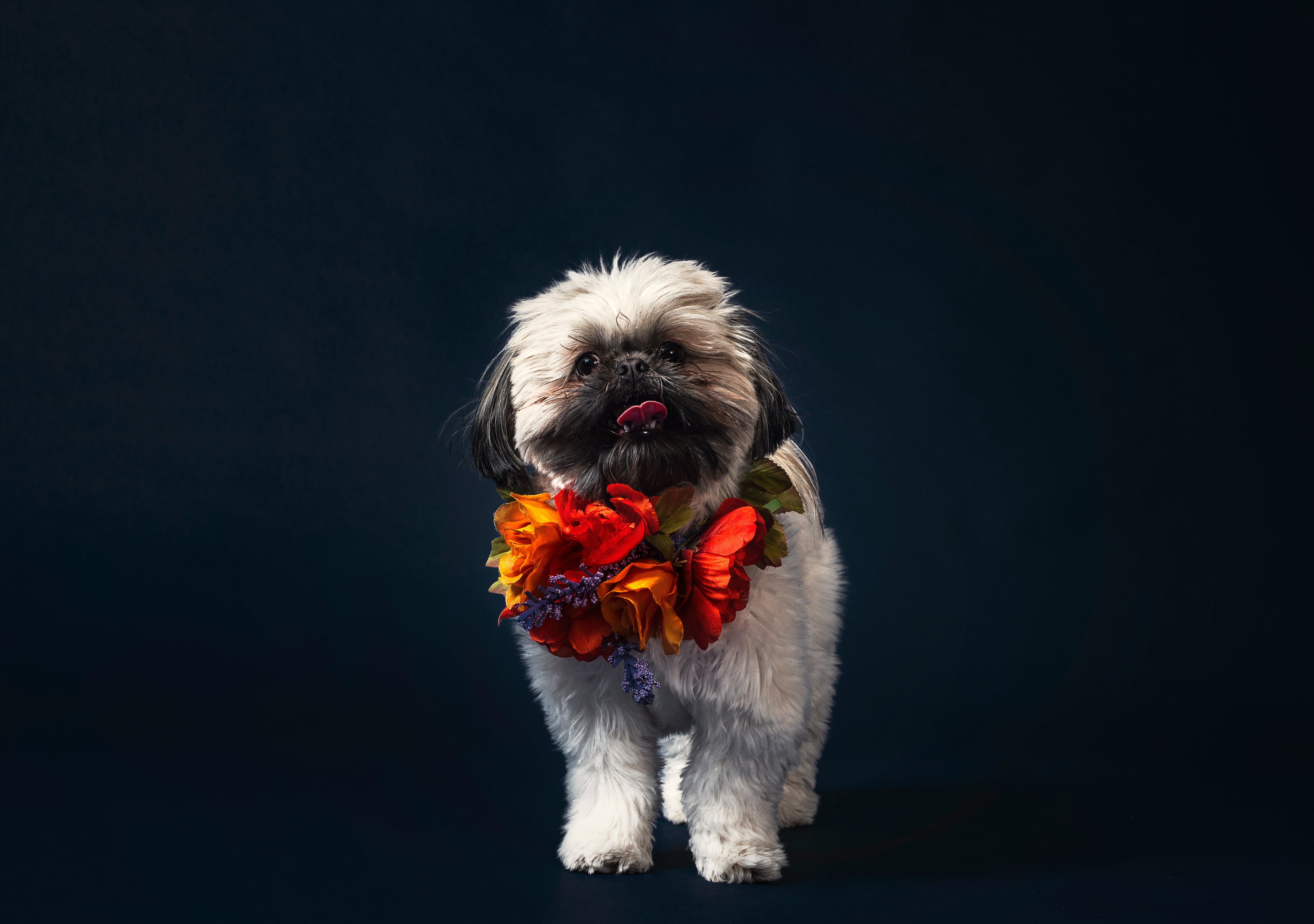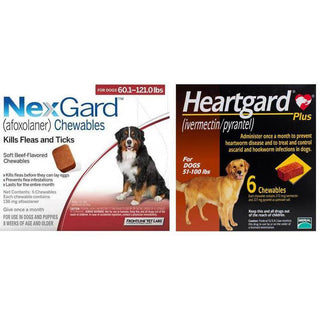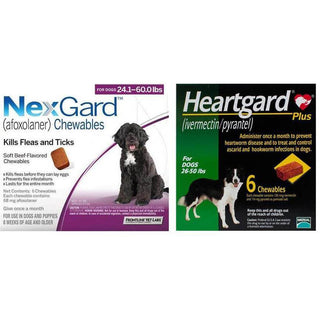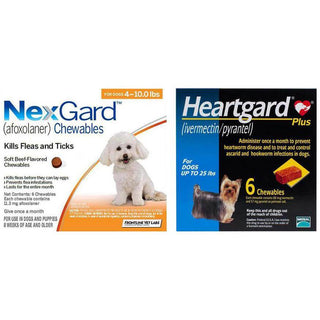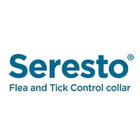
As temperatures rise during summer, dogs are at a higher risk of dehydration and heat-related illnesses. Whether you have an energetic Labrador or a laid-back Shih Tzu, ensuring proper hydration is crucial to keeping them healthy and happy. Dogs don’t sweat like humans, so they rely on panting and a small amount of sweat through their paw pads to regulate body temperature—making water intake even more essential.
This detailed hydration checklist will help you prevent dehydration in dogs during hot weather.
Why Hydration Is Important for Dogs
Water plays a vital role in almost every bodily function in dogs, including:
- Regulating body temperature
- Aiding digestion and nutrient absorption
- Supporting healthy joints and organ function
- Flushing out toxins
Without enough water, dogs can quickly become dehydrated, which can lead to serious health issues like kidney problems, heatstroke, or even death in extreme cases.
Signs of Dehydration in Dogs
Recognizing early symptoms of dehydration can prevent complications. Watch for:
- Dry nose or gums
- Thick, sticky saliva
- Loss of skin elasticity (gently pinch the skin—if it doesn’t bounce back quickly, your dog may be dehydrated)
- Lethargy or weakness
- Sunken eyes
- Excessive panting
- Loss of appetite
If you notice any of these signs, offer water immediately and contact your vet if symptoms persist.
Dog Hydration Checklist for Hot Weather
Use this checklist to make sure your dog stays properly hydrated throughout the day, especially in warm climates:
✅ 1. Always Provide Fresh, Clean Water
Keep a bowl of cool, clean water accessible to your dog at all times. In hot weather, water should be changed more frequently—ideally every few hours.
✅ 2. Carry Water During Walks and Outdoor Activities
Invest in a portable dog water bottle or collapsible bowl when heading out for walks, park visits, or hikes. Take regular water breaks, especially if your dog is active.
✅ 3. Monitor Water Intake
On average, dogs need about 1 ounce of water per pound of body weight per day. For example, a 40-pound dog needs roughly 5 cups of water daily. During hot weather or intense exercise, their need will increase.
✅ 4. Add Water to Food
If your dog isn’t drinking enough, mix water or low-sodium broth into their dry kibble. This is an easy way to sneak in extra fluids, especially for those who are picky drinkers.
✅ 5. Use Ice Cubes as Treats
Offer your pet frozen treats or ice cubes made from diluted broth or pet-safe fruits, such as watermelon. These are not only refreshing but also fun for your dog to chew on.
✅ 6. Avoid Midday Outdoor Activities
Try to walk or play with your dog during cooler times of the day, such as early mornings or late evenings. The midday sun can quickly lead to overheating and dehydration.
✅ 7. Provide Shade and Ventilation
Ensure your dog has a cool, shaded spot to relax, both indoors and outdoors. To help them stay comfortable, consider using fans or cooling mats to reduce their body heat.
✅ 8. Never Leave Dogs in Parked Cars
Even for a few minutes, a parked car can become dangerously hot. Always take your dog with you or leave them at home in a safe, calm environment.
✅ 9. Consider a Pet Fountain
Some dogs prefer running water. Pet water fountains can encourage drinking and keep the water cooler and cleaner for a longer period.
✅ 10. Consult Your Vet for At-Risk Breeds
Flat-faced breeds, such as Bulldogs and Pugs, as well as older dogs and those with medical conditions, are more prone to dehydration. Your veterinarian can offer specific hydration tips tailored to your dog’s needs.
Emergency Tip: How to Check for Dehydration
One quick way to check hydration is the skin pinch test:
- Gently lift the skin between your dog’s shoulder blades.
- Let go and observe how quickly it returns to place.
- If it stays elevated or returns slowly, your dog may be dehydrated.
Inspect your dog’s gums as well—if they appear dry or tacky rather than smooth and moist, it could be an early indicator of dehydration.
Final Thoughts
Hydration is key to keeping your dog safe during hot and humid weather. By following this simple checklist, you can prevent dehydration and ensure your furry companion stays healthy, calm, and full of energy throughout the summer. Always stay alert to your dog’s behavior and offer water frequently, even if they don’t seem to need it.

